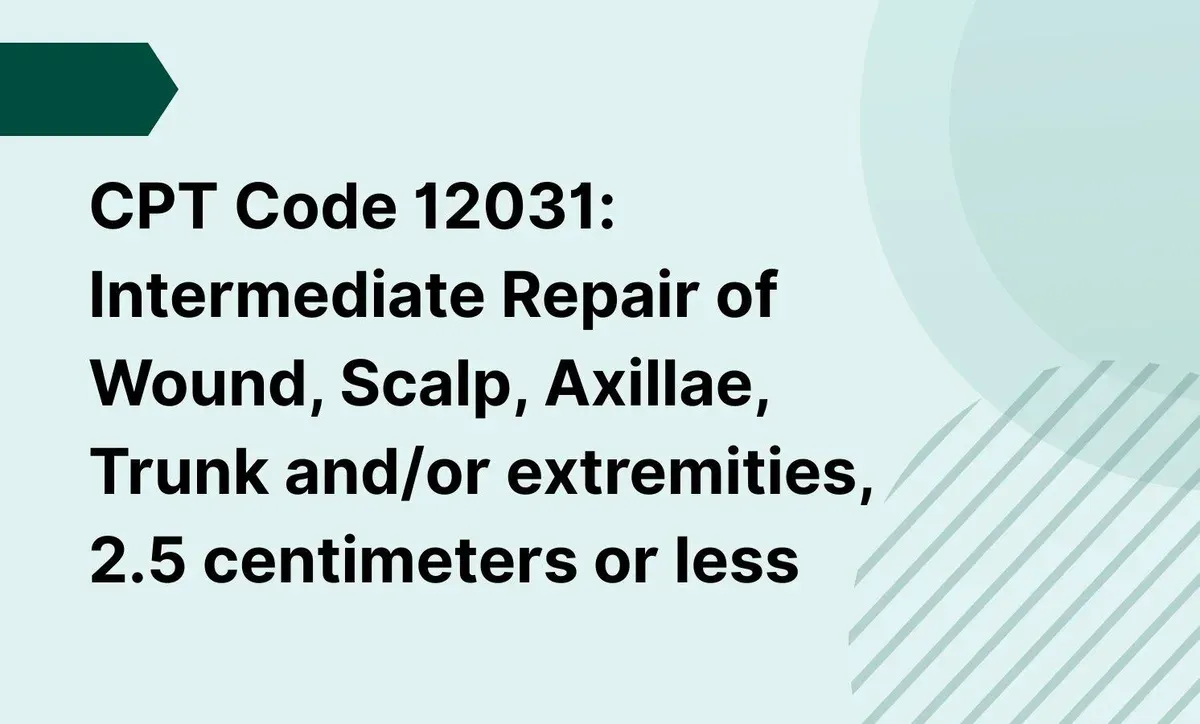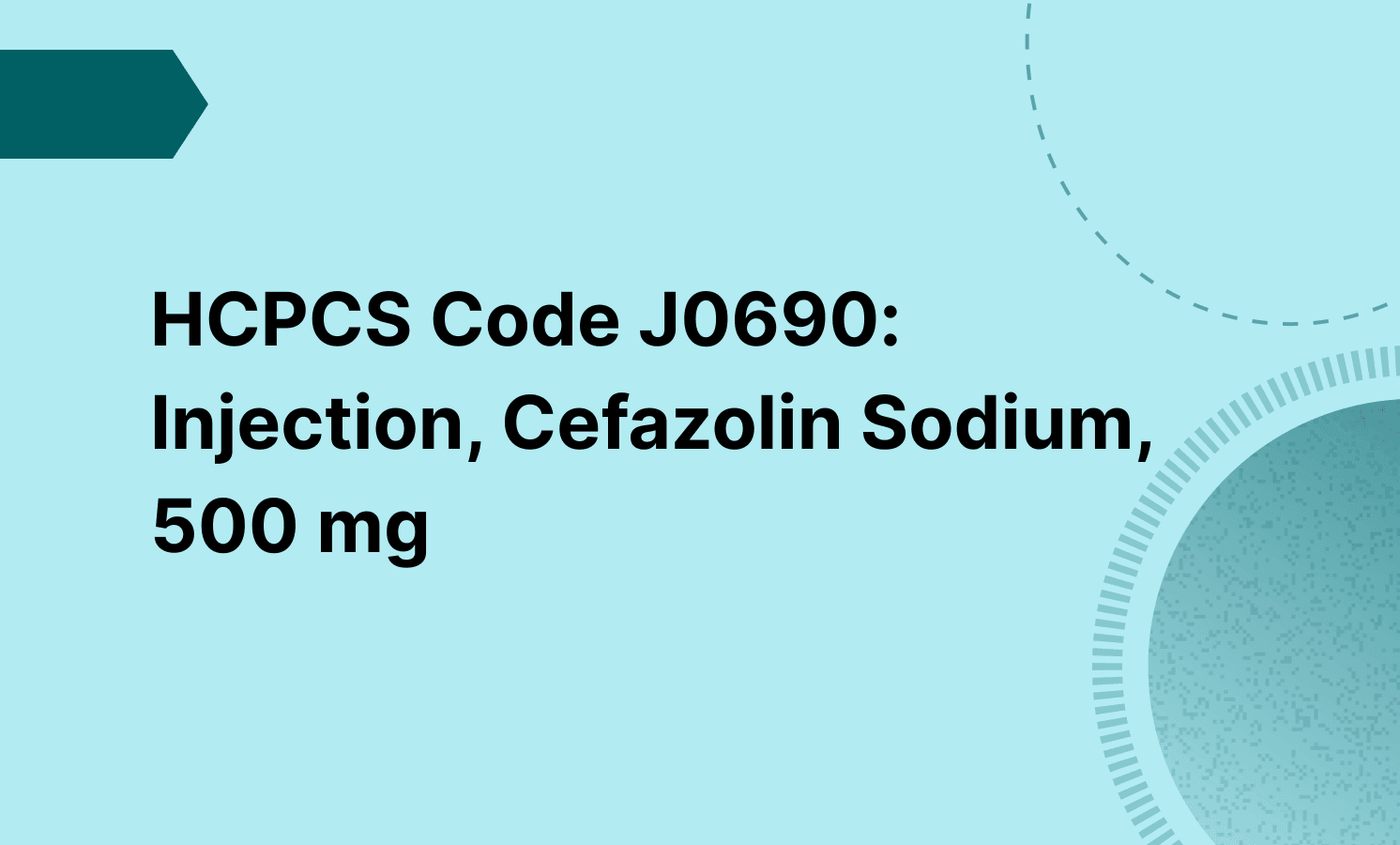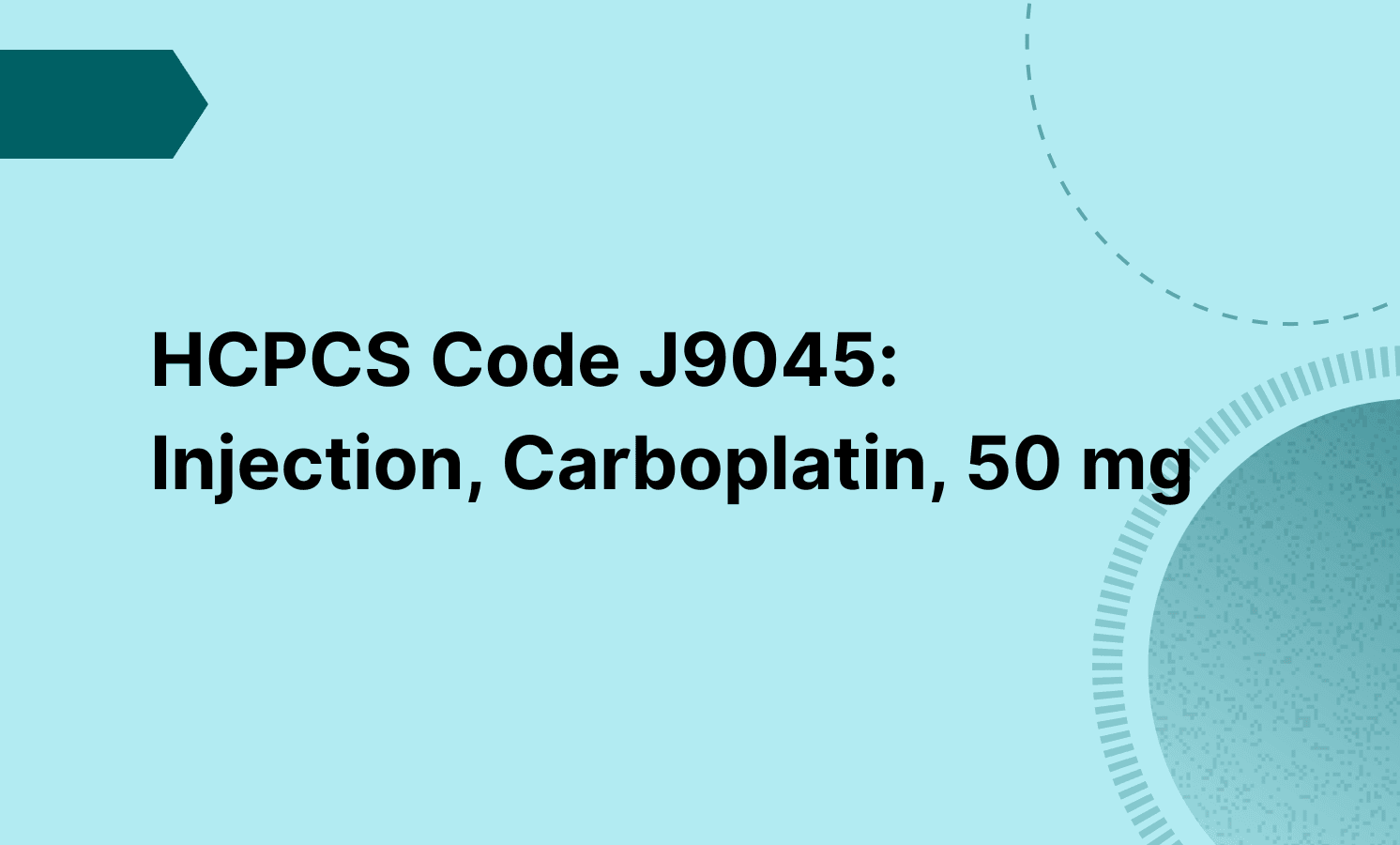CPT code 12031 covers intermediate laceration repair involving layered closure of wounds to the scalp, axillae, trunk, and/or extremities, excluding the hands, feet, and external genitalia. It involves closure of the subcutaneous tissue and skin but does not apply to more complex anatomical sites.

CPT Code 12031: Intermediate Repair of Wound, Scalp, Axillae, Trunk and/or extremities, 2.5 centimeters or less
Learn more about CPT code 12031 to enhance billing and reimbursement processes.
Use Code
Frequently asked questions
An assistant surgeon may be reported with CPT code 12031 if medically necessary, especially in cases where wound complexity or patient condition justifies additional support. Documentation must clearly reflect the need and role of the assistant surgeon for payer review.
A physician or other qualified healthcare professional can perform intermediate laceration repair under CPT code 12031, provided they are trained in layered wound closure.
EHR and practice management software
Get started for free
*No credit card required
Free
$0/usd
Unlimited clients
Telehealth
1GB of storage
Client portal text
Automated billing and online payments






